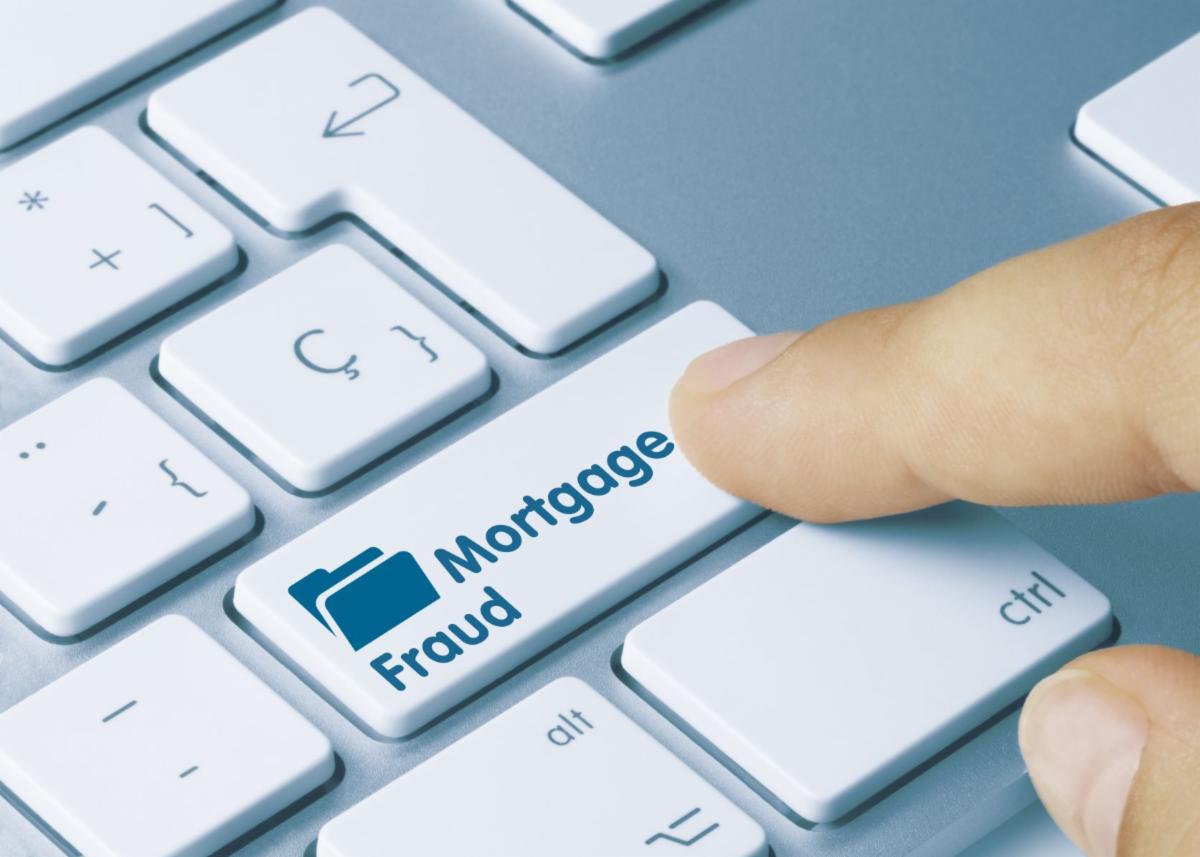 E-Closings And Fraud E-closings are here to stay and while they provide efficiencies in process and ease to the consumer, there is an increased risk of fraud. The makings of another high volume year combined with low interest rates may see an increase in fraud. Have you experienced fraud with your E-closings? Are you aware of the potential risk factors for which fraud may occur? Let’s briefly explore those risk factors… Synthetic Identity Fraud Perhaps a new term to understand, synthetic identity fraud is growing quickly and percent of loss to lenders is growing. This type of fraud involves the use of a social security number (a real one) with a counterfeit identity. With the pandemic came a shift in mortgage lending operations to E-closings or some type of hybrid and adjusting online verification of an applicant’s identity as well as authentication. Occupancy Fraud Be wise to investors as we continue to operate in a rather low interest rate time. An increase in fraud has been occurring where investors may pose as the owner occupying the property being purchased. Other Types of Fraud Other areas are experiencing forms of fraud: · Wire transfer fraud · Title fraud · Invalid representations by closing agents · Significant loan errors · Compliance issues Overcoming the Obstacles We always face challenges. What preventative tactics can you be doing to help protect your institution? · Training – make sure staff is trained to identify red flags and how to address them immediately. · Make sure your system can handle address and occupancy verifications. · Keep your third-party oversight program strong. · Provide tools to educate your customers regarding mortgage fraud. Any questions? Call us at (800) 656-4584. This article was reproduced from the web, no financial benefit involved. We recommend you take a look at Mortgage Banker Magazine. |
